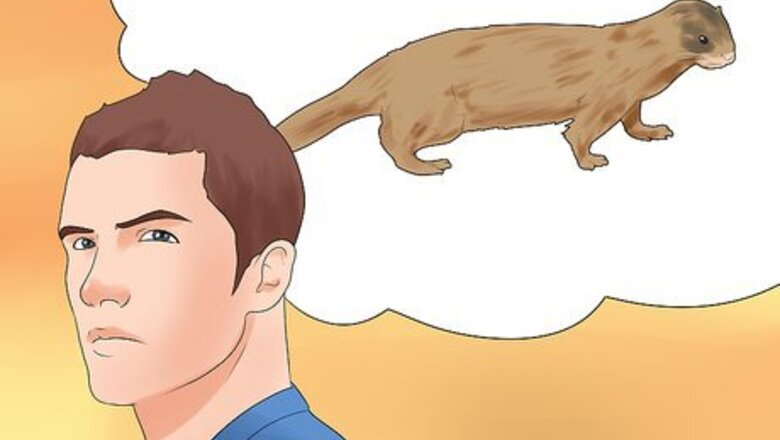
views
X
Trustworthy Source
State of Indiana
Official site for state-approved sources related to life in Indiana, including laws, services, and culture
Go to source
Preparing for Trapping
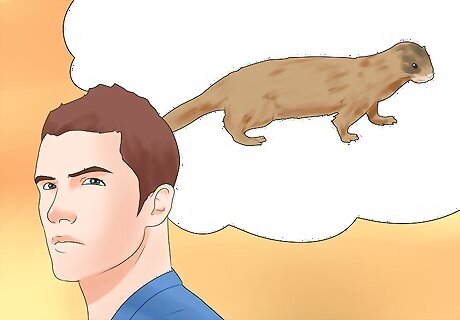
Learn their travel habits. Minks travel more than most furbearers, covering up to ten miles a night. They normally follow a definite route. They will usually visit the same spots near water areas every time they are near them. Learning a mink's travel habits will make it easier for you to trap it.
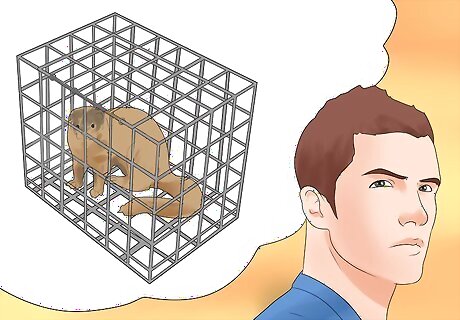
Decide on a live or lethal trap. Live traps catch the mink without killing it. Lethal traps dispatch the mink. When selecting the type of trap you are going to use, decide if you want to deal with an alive and probably very irritated mink or if you want the trap to dispatch the mink. Check your state regulations regarding using lethal traps on minks.
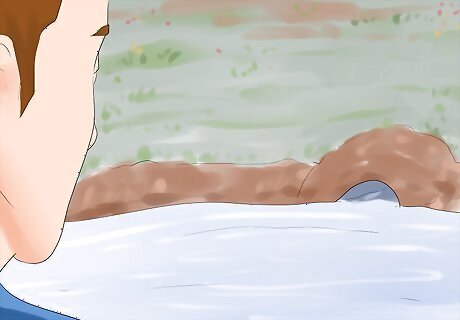
Decide on your set. The set is what you will use to lure the mink into your trap. The most common sets either lure the mink to a dark hole using bait (pocket set) or trap the mink on its pathways (blind set).
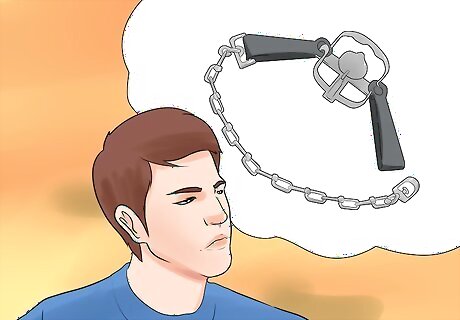
Choose your trap. There are different types of traps to choose from based on the environment. A body-gripping trap is designed to allow the animal’s head, neck, or torso into the trap’s opening. This trap holds the mink by compressing its jaws around the body. The foothold trap, such as the longspring or coilspring, is a steel-jawed trap that restrains mink by the foot. Use a No. 11 double longspring, No. 1 ½ coil spring, or a No. 110 Conibear body-gripping trap. These traps are the most effective in trapping and killing the mink.
Using the Submersion Technique
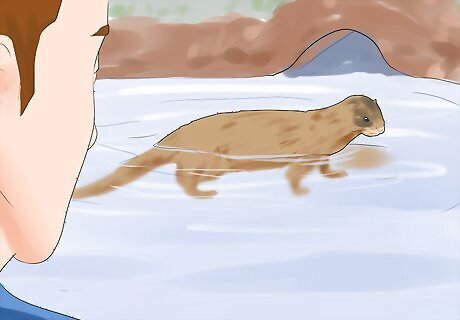
Use this technique to dispatch minks caught in traps. The submersion technique is used to humanely drown the mink and prevent the trapper from dispatching the animal. This is the most common way to kill minks in your trap sets. This technique prevents the mink from resurfacing when it tries to escape from the trap.
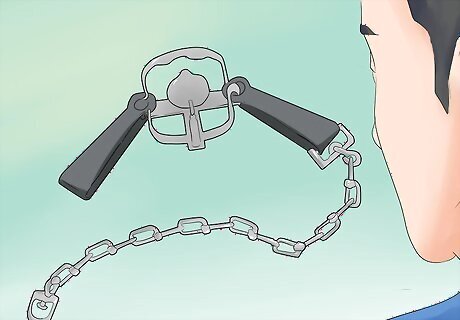
Use a foothold trap. A foothold trap makes it unlikely that the mink will escape. Since the foothold trap gives the mink a limited amount of freedom to move, it is ideal for the submersion technique.
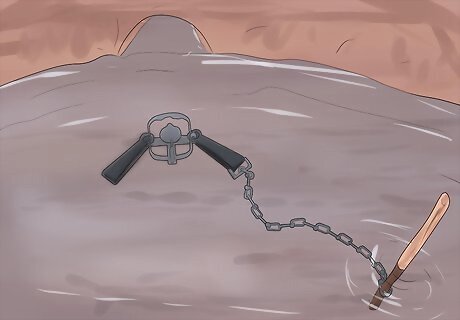
Place your trap. Place the trap in the appropriate location based on which set you are using.
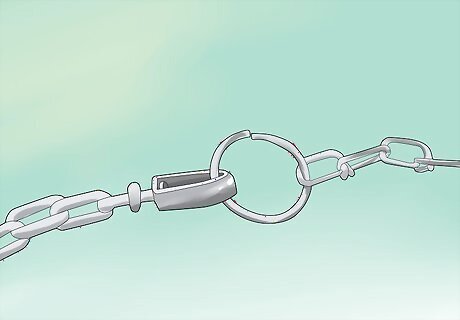
Attach a sliding lock to the end of your trap chain. Make sure there are no obstacles that would prevent the lock from sliding freely down the wire. Sliding locks prevent the mink from heading back to the bank. Once the mink realizes that it cannot go any further up the bank, it will head towards the deep water. The lock will follow the mink and prevent it from surfacing.

Place an anchor deep in the water. Make sure the anchor is deep enough to fully submerge the mink. Use a heavy object such as a rock or a stake as an anchor. Embed the anchor into the stream or riverbed so that it is secure and stable. You want it to be heavy enough to prevent the mink from moving the anchor and freeing itself. On average, the stake needs to be 12 to 18 inches (30.5 to 45.7 cm) underwater.

Wrap the anchor with wire. Make sure the wire is wrapped tightly around the anchor so it doesn't unravel when the trap is sprung.
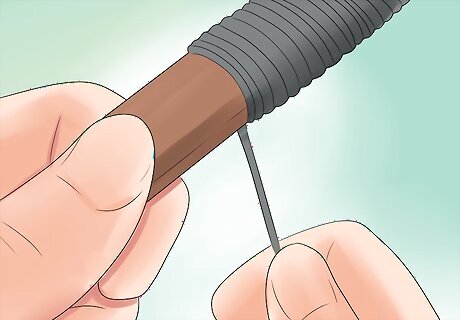
Bring the wire to the shoreline. Place the sliding lock onto the wire. Make sure the sliding lock faces the correct direction. You want the lock to slide down the wire towards the deep water.
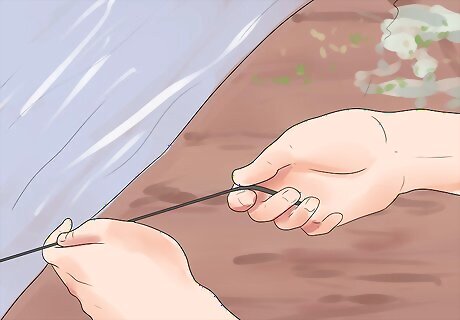
Tie the free end of the wire to a stake. Drive the stake into the bank near your set. Make sure the slide wire is tight.
Making the Pocket set
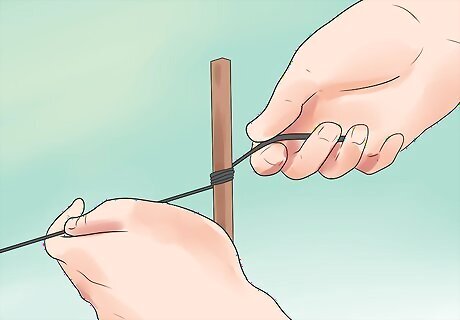
Use this set to lure the mink to your trap. This set is designed to lure minks to your trap using bait. Pockets sets use a small hole or pocket dug into a river bank.
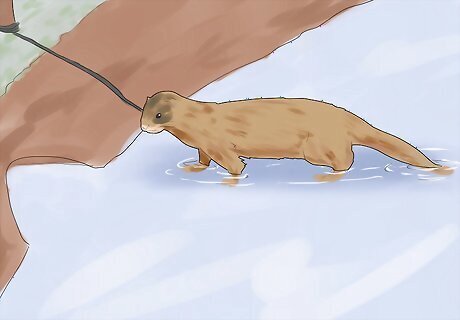
Find a suitable bank. Make sure the bank is straight up and down. The bank should also be steep so that the mink cannot reach over from the top and grab the bait while avoiding your trap.
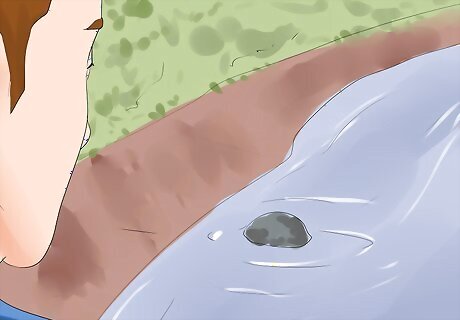
Dig a pocket in the bank. The pocket’s bottom will be two inches below the waterline. Extend the pocket 1 to 2 feet (0.30 to 0.61 m) into the bank, making sure it angles up towards the topsoil. The diameter of the pocket should be around five to six inches. Use a spade or small shovel to easily dig the pocket.
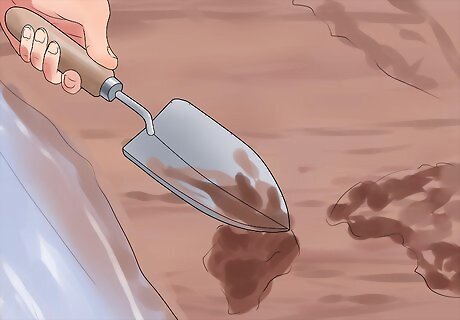
Place a large branch or small tree trunk above the pocket. Use a heavy object to hold the branch in place. This will also help prevent the mink from reaching over the pocket and grabbing the bait.
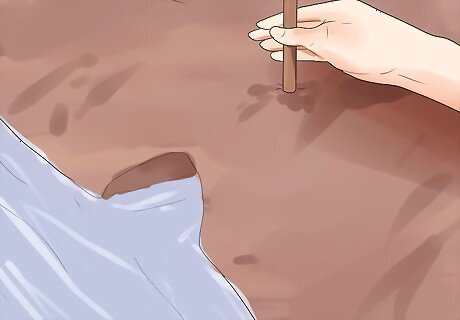
Place the bait. Your bait should be either be a fresh fish or a muskrat carcass. Place the bait deep into the hole towards the very back. Impale the bait with something small, such as a stick, and push the bait into the wall of the hole. This will make the mink go deeper into the hole to reach the bait. You can also use fish oil or raccoon glands as a lure.
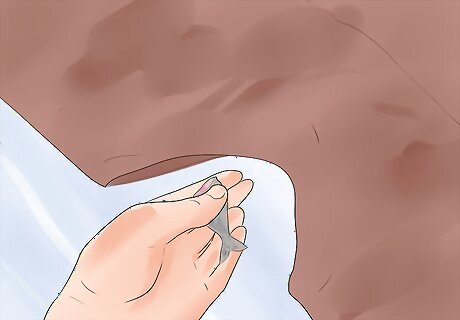
Place the trap. The trap should be at the mouth of the hole. Placing the trap at the entrance ensures the mink is trapped if it decides not to go all the way into the pocket. Use either a body-grabbing or foothold trap. If you use a foothold trap, it should be rigged to drown the mink instantly. If you are in an area where dogs go do not use meat bait or raccoon gland lures. Place the trap in the very back of the pocket. Make sure the pocket is under the cover of low-hanging branches or exposed tree roots. This will make sure that dogs avoid the trap.
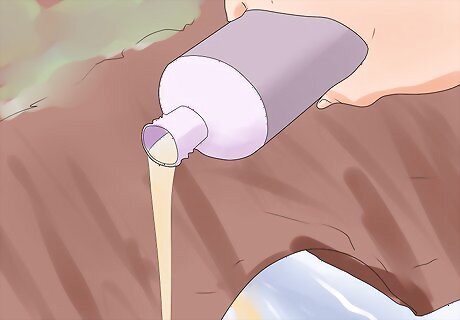
Eliminate your scent. While mink are naturally curious, they are also cautious. Minks have a very strong sense of smell and will avoid the trap if they catch your scent. You want to eliminate all human scent from the trap to make it effective. Pour mink urine around a set to eliminate human odor.
Using Blind Sets
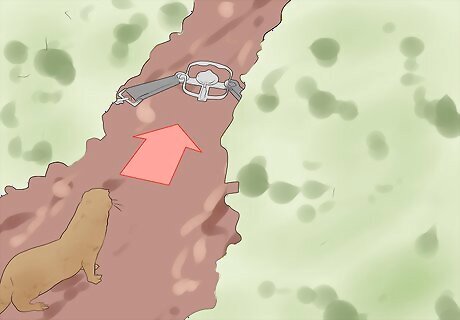
Use this set to trap a mink along its runways. This set uses a trap placed along the traveling paths of the mink. The mink will unknowingly step into the trap while making its nightly rounds. Unlike pocket sets, a blind set does not use bait or a lure.
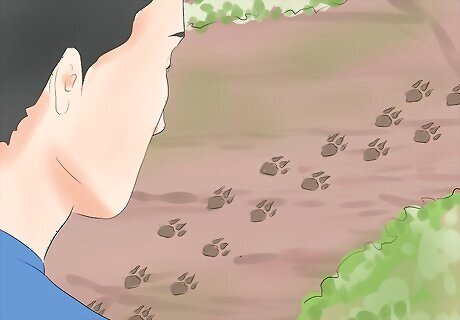
Select a visible mink traveling spot. Look for tracks, scats, and other signs that minks move through the area. For a wet blind spot, this area is probably near a bank, under a leaning log, around a rock, or at the water’s edge. For a dry blind set, look for where the mink made an overland trail. While the overland trail might be hard to see, you can find it by looking for bent grass, mink smell, and tracks.
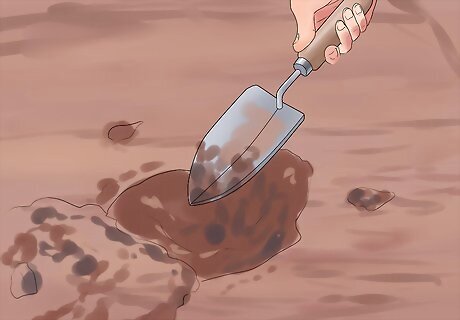
Dig a shallow hole. Place and set a foothold trap in a shallow hole and make sure it’s firmly embedded into the mud. Cover it lightly with leaves, grass, and soil. If it is a wet blind set, push the trap into the waterbed, keeping the trap near the surface of the water. A No. 110 Conibear trap works well for a dry blind set. A No. 1½ coil spring works well for a wet blind set.
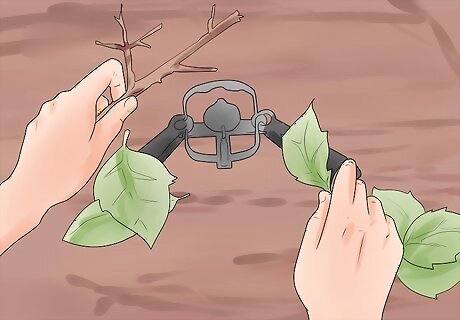
Conceal the trap so that the mink falls into it. You can conceal the trap by lightly covering it with vegetation from the ground. It's important that the area looks like it has not been disturbed.
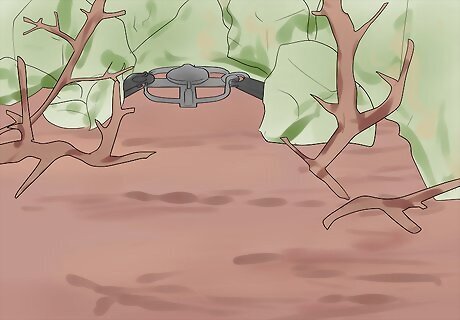
Narrow the mink’s path. Use rocks and sticks to narrow the mink’s travel path to your trap. This will help ensure it walks into your trap. Look for natural bottlenecks along the mink's path. This will make it easier to ensure the mink crosses your trap.
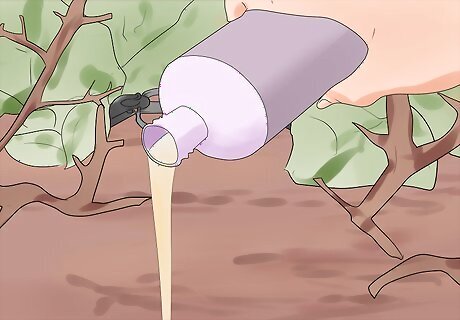
Eliminate your scent. While mink are naturally curious, they are also cautious. Minks have a very strong sense of smell. You want to eliminate all human scent from the trap to make it effective. Pour mink urine around a set to eliminate human odor.
Using a Live Trap
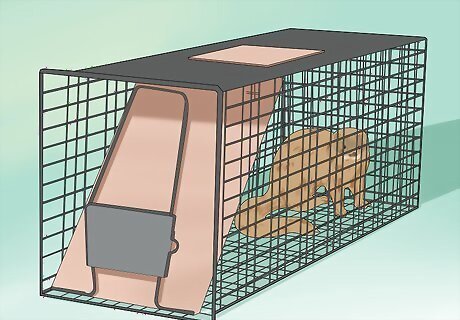
Use a live trap if you plan to capture and dispatch the mink yourself. Use this method to avoid killing non-target animals such as dogs. You will need a cage trap or live trap to capture the mink.
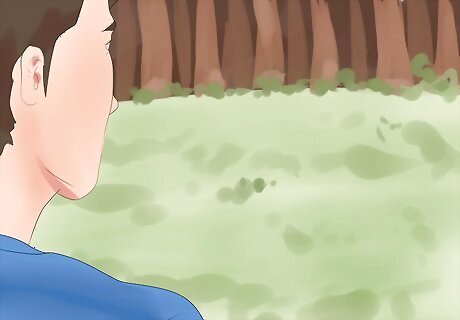
Find a suitable spot. Unlike the locations in the other sets, you want to find a spot where the mink will not drown. Look for mink signs in the area. Place the trap away from open areas. This will prevent theft, vandalism, and distress to the animal.
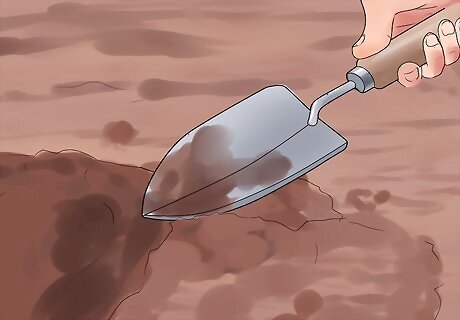
Dig a hole. Make sure the hole is dark and deep. Mink are curious creatures and will be attracted to the hole. Make sure the hole is big enough to hold the cage. Alternatively, you can place the cage in a pre-existing den or hole. If you are trapping the mink near your house, then place the cage in a dark area such as under.
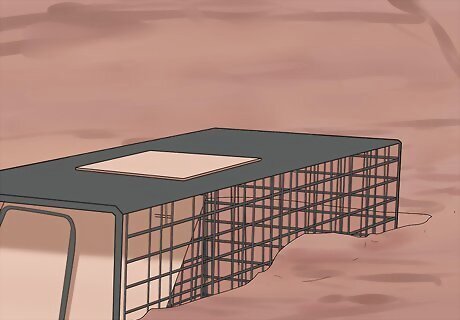
Secure the cage. Press the cage deep into the ground or partially bury it to provide stability. Consider placing an anchor (such as a rock) inside of the cage so that it will not tip or misfire when the mink enters. You can also use stakes or pegs to secure the trap to the ground

Camouflage the cage. Cover the cage with surrounding vegetation and debris (such as branches and leaves) to make it appear like a den. Place soil, leaves, branches, and other material on the cage’s base to hide the treadle. Wrap the cage in something dark, like a blanket, if you can.
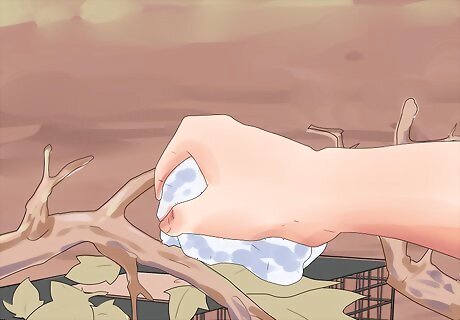
Set the trap. Trip it several times to make sure it is functioning. Use a pen or pencil, stick the end through the side of the cage, and push down on the treadles to trip the cage. If you need the doors to close faster, use small stones or weights on top of the door.
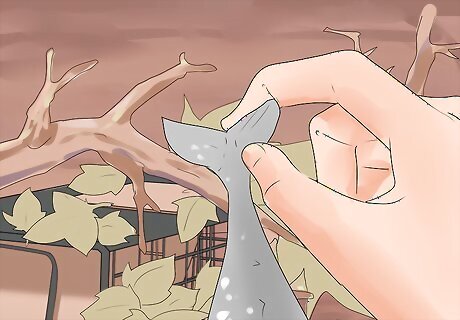
Place bait in the trap. Use fresh fish or a dead muskrat. Place it at the back of the cage. You can also use fish oil or raccoon glands as a lure.
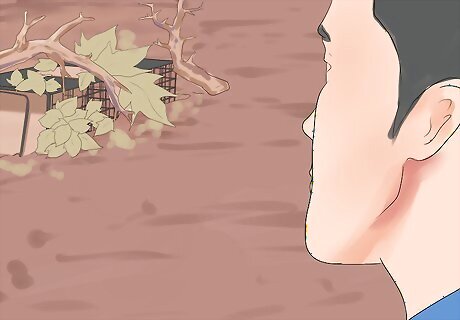
Check the trap in the morning. Minks are nocturnal creatures, so the best time to check for their capture is in the morning. Check the cage daily. This helps to prevent people from discovering the trap. It will also keep the mink out of the light and heat during the day.
Dispatching the Mink

Use an airgun rather than a firearm. Prepare the airgun before you expose the mink from its trap and before you attempt to restrain it. Do not load the gun until the animal has been restrained. Release the safety only when you are prepared to fire.
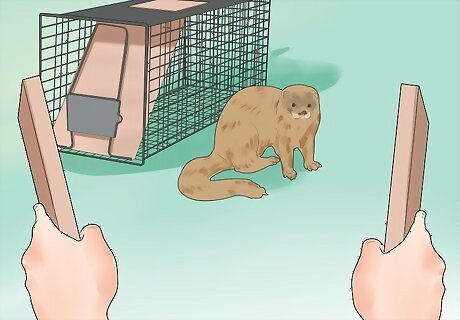
Restrain the mink. Use two plywood combs to push the mink firmly against the cage’s side or roof to keep it still. You want to keep the mink still in order to make an accurate humane dispatch shot.
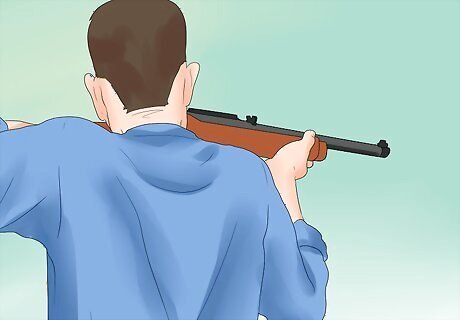
Aim the gun. Hold the gun’s muzzle a couple of inches away from the mink’s head. The gun barrel should be perpendicular to the skull. Avoid aiming at the centerline of the mink's skull because it is very strong.
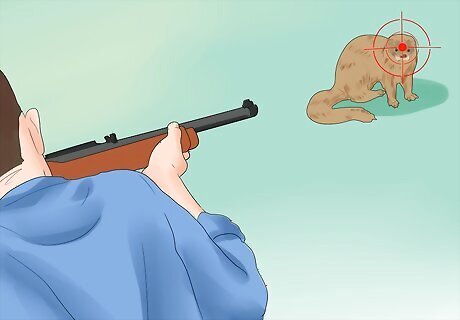
Shoot the mink. A single shot should kill the mink. If a second shot is required, fire as quick and as safely as possible, aiming for brain stem located where the skull and neck meet.
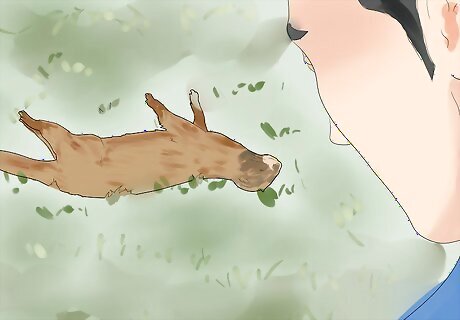
Confirm death. You can tell if the mink is dead if it collapses Other indications are if the carcass is tonic (meaning the muscles lock and contract) or relaxed. If the mink has a fixed, glazed expression and no corneal reflexes, this indicates that it has been dispatched. Convulsions may occur after a lapse of one minute.
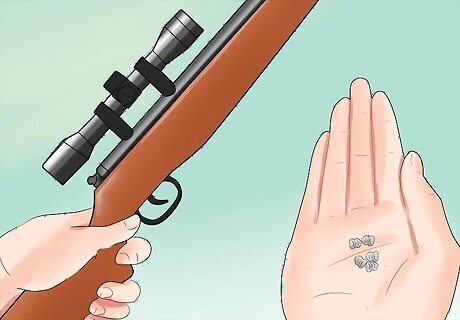
Unload the airgun and check the safety. Once you have confirmed death, unload the airgun and put the safety on.

Dispose of the mink. Check your local ordinances and trapping regulations to find out how to dispose of the carcass.




















Comments
0 comment